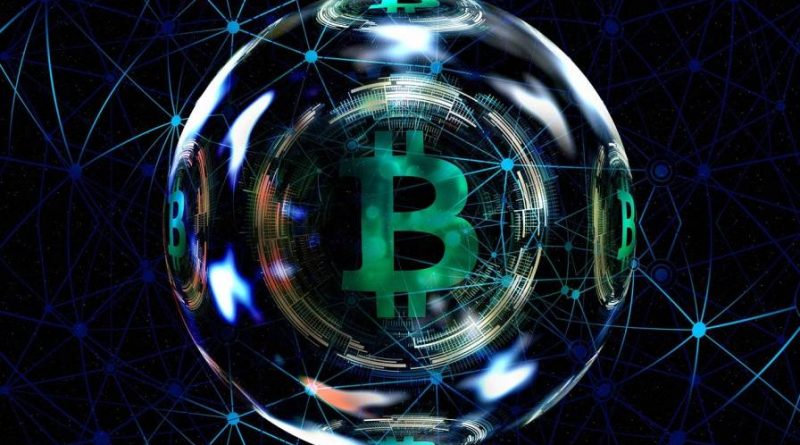Concept of Token Burning In Cryptocurreny
Snapshot
- Concept of Token Burning
- How is Virtual Currency Burnt?
- What Can Be Achieved From Token Burning?
In the current era, the most popular domain for economic innovation is the cryptocurrency ecosystem. The most distinguishing feature of cryptocurrencies that makes them an ideal substitute for cash, is their predetermined supply and capability to regulate it when necessary.
Burning is a term that has been around for a long time, but it came into the limelight in the crypto industry. Burning is a process in which the supply is restricted so that the value of an asset is preserved. In cryptocurrency, Burning has emerged as a tool to countermeasure inflation.
Concept of Token Burning
Token burning is a process in which a certain number of tokens from the supply are removed permanently from the market. The burning of tokens is done to achieve many objectives; the most common of these objectives is to reduce inflation.
This approach is most common among altcoins and smaller tokens, which burn coins to control the circulatory supply, thus providing more incentives to investment. Prominent blockchains like Ethereum and Bitcoin don’t implement this approach.
How is Virtual Currency Burnt?
There are several ways through which the total quantity of accessible tokens can be lowered.
In burning, the cryptocurrency is made completely unusable for the future. To do this, the signature of the cryptocurrency is placed in public wallets, known as “eater addresses”, which are completely frozen. The status of these currencies is published by the blockchain.
The burning of a token may differ from project to project depending upon its objectives. In some projects, a one-time burn mechanism is used to burn away unsold tokens after Initial Coin Offering (ICO) is completed. This is done as an incentive for the participants or token holders. Some projects burn tokens after fixed time intervals. For example, Binance burns tokens after every quarter.
In some projects, tokens are burnt with each transaction. In projects like Ripple, a fee may be charged to expedite a transaction, this fee is sent directly to the eater address after the transaction is completed.
In some projects, like Tether, tokens are generated when funds are deposited in their reserves and a corresponding amount of tokens are burnt when they are withdrawn.
What Can Be Achieved From Token Burning?
Proof-of-Burn consensus (PoB): Token burning gave way to a new technique known as PoB; it is based on users who are destroying their token to earn mining rights.
While PoW (proof-of-work) is the most popular option, some limitations are associated with it, such as the number of resources required and cost. PoB is the answer to address these limitations; it has limited the number of blocks that can be verified by the miners, to the number of tokens they have burned.
Disclaimer: The article should not be considered as any financial advice. It is advisable to conduct thorough research before investing.
Photo by – geralt on Pixabay

